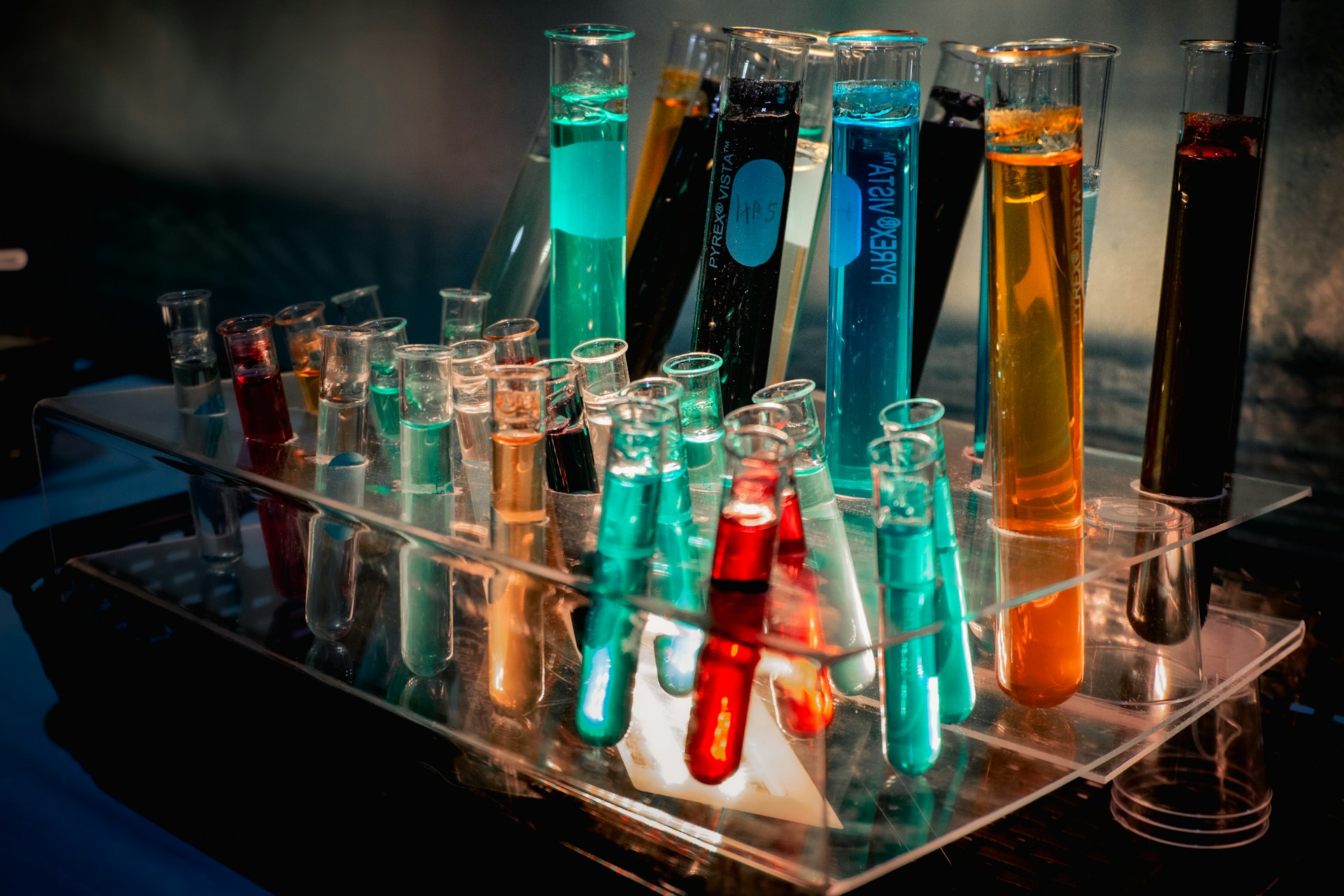What is Cyanová?
Cyanová is an innovative, cutting-edge technology designed to improve color accuracy and efficiency by using a specialized combination of cyan, green, and blue light. It provides a superior alternative to traditional RGB (red, green, blue) systems by broadening the visible light spectrum to create more vibrant and realistic color reproduction.
Traditional RGB color models rely heavily on the dominance of red hues, which can sometimes limit the depth and accuracy of certain colors, especially when reproducing hues such as turquoise, emerald, or deep blues. Cyan-ová solves this problem by prioritizing cyan, along with green and blue, ensuring that a broader spectrum of colors can be reproduced more accurately. This has opened up new possibilities for industries that rely heavily on color fidelity, such as graphic design, photography, film, and display technology.
The History of Color Reproduction Technology
Color reproduction technology has undergone significant transformations over the years. From the basic understanding of primary colors to the invention of the RGB system, our ability to manipulate and reproduce colors has continually evolved. Early color systems had a limited ability to capture the richness and depth of the visual world. However, with advances in display technology and color theory, new systems such as Cyan-ová have emerged, promising even greater accuracy.
The Evolution from RGB to Cyanová
RGB (red, green, blue) has long been the standard model for color reproduction in digital media. However, as display and image processing technologies advanced, it became clear that the RGB model had a limited ability to represent a wide range of colors, particularly in terms of hue, saturation, and vibrancy. Cyano-vá emerged as a response to this limitation, expanding the available color spectrum by focusing on cyan, green, and blue light.
Light and Color: How We See
Understanding how Cyan-ová works requires a basic understanding of how light and color work. Our perception of colour is based on the reflection and absorption of different wavelengths of light. When light hits an object, certain wavelengths are absorbed while others are reflected. The colours we see correspond to the wavelengths that are reflected back to our eyes.
Cyanová takes advantage of this by enhancing the wavelengths associated with cyan, green and blue light, providing more precise control over how these colours are perceived.
The role of cyan, green and blue light in Cyanová
In the Cyanová system, cyan takes centre stage as the main component, with green and blue supporting it. This is in contrast to traditional RGB systems, where red typically dominates. By focusing on cyan, Cyanová opens up a wider range of colours, providing more accurate and realistic representations, particularly in the blue-green colour spectrum.
Technical aspects of Cyanová technology
Cyanová works by manipulating light at a fundamental level. It requires specialized LED displays and image processing algorithms to maximize color accuracy. Cyanová displays are designed to work with light wavelengths between 490 and 570 nanometers, where cyan and green light are most effective. This ensures that colors within this range are reproduced with unprecedented fidelity.
Improved color accuracy
One of the key advantages of Cyanová over traditional RGB systems is its improved color accuracy. By focusing on a broader spectrum of light, Cyanová can reproduce colors that RGB systems struggle with, such as turquoise, aquamarine, and teal. This makes Cyanová especially useful in industries such as graphic design, where accurate color representation is crucial.
Wider Color Spectrum
Cyanová expands the color spectrum beyond the limitations of RGB. This wider spectrum allows for more vivid and dynamic color displays, making images appear more lifelike and engaging. Additionally, colors that are difficult to achieve with RGB, such as shades of cyan and green, are easily represented with Cyanová.
Improved Visual Efficiency
Cyanová also improves visual efficiency, reducing eye fatigue for users. Displays using Cyanová technology produce colours that are more pleasing to the eye, making them ideal for extended use on devices such as smartphones, laptops and monitors. The accuracy of colour reproduction reduces eye strain associated with prolonged exposure to bright, unnatural colours.
In display technologies
Cyanová has important applications in display technology, from high-end monitors to televisions and smartphones. Its ability to produce realistic colours enhances the viewing experience, making it highly sought after in consumer electronics.
In photography and film
The film and photography industries rely on accurate colour reproduction to convey emotion, mood and visual appeal. Cyanová offers a significant advantage in this area, ensuring that captured and projected images maintain their lifelike vibrancy.
Use in virtual reality and gaming
In virtual reality (VR) and gaming, immersive experiences rely heavily on realistic visual effects. Cyanová technology enhances the depth and richness of colors, creating more engaging and immersive worlds for gamers.
Applications in graphic design and printing
Graphic designers and printers benefit from Cyanová’s improved color accuracy, particularly when working with color-critical projects such as branding, advertising, and digital art. Cyanová’s wide color spectrum ensures that the final product matches the intended design.
Key Differences Between Cyanová and RGB
The main difference between Cyanová and RGB lies in their focus on specific color wavelengths. While RGB prioritizes red, Cyanová emphasizes cyan, allowing a wider range of colors to be accurately represented.
Performance in Color Accuracy and Brightness
Cyanová outperforms RGB in terms of color accuracy and brightness, particularly in the green-blue spectrum. This makes it ideal for applications that require accurate color reproduction.
Longevity and energy efficiency of Cyanová displays
Cyanová displays are also more energy efficient compared to traditional RGB systems. By optimising the use of light and colour, Cyanová reduces power consumption, making it an environmentally friendly alternative for displays.
Cyanová’s impact on industries
The consumer electronics industry is perhaps one of the biggest beneficiaries of Cyanová technology. From smartphones and TVs to computer monitors and tablets, the demand for devices with superior display capabilities has never been greater. With its ability to produce highly accurate colours and reduce eye strain, Cyan-ová is quickly becoming the go-to technology for manufacturers looking to deliver premium visual experiences.
Users of smartphones equipped with Cyanová displays, for example, benefit from viewing realistic photos, videos and user interfaces. In an era where consumers are spending more time than ever in front of screens, whether for work, socializing or entertainment, Cyan-ová is set to become an essential feature in consumer electronics.
Cyanová’s role in medical imaging
Healthcare is another industry where accurate color reproduction is critical. Medical imaging, such as MRIs, CT scans and X-rays, rely on accurate visual representation to diagnose and treat patients. Traditional RGB displays sometimes fail to reproduce the exact colors needed to highlight specific details in scans.
Energy Efficiency Compared to Other Systems
One of Cyan-ová’s main selling points is its energy efficiency. By optimizing the light emission process, Cyan-ová displays consume less energy than traditional RGB systems. This makes them an eco-friendly choice, especially for devices that are used continuously, such as monitors, televisions, and mobile devices. Lower energy consumption not only reduces electricity costs, but also decreases the overall carbon footprint of the devices.
Eco-Friendly Manufacturing Processes
In addition to reducing energy consumption during operation, Cyan-ová technology is being developed with an emphasis on eco-friendly manufacturing processes. The production of Cyan-ová displays relies on fewer hazardous materials than traditional displays, and the use of recyclable components is prioritized. This makes Cyan-ová a more sustainable choice for manufacturers looking to minimize their environmental impact.
Cyan-ová in reducing e-waste
Cyan-ová displays have a longer lifespan compared to their RGB counterparts, resulting in fewer devices being discarded prematurely. This contributes to a reduction in electronic waste (e-waste), one of the fastest growing environmental concerns globally. By creating long-lasting, energy-efficient displays, Cyan-ová helps address the problem of e-waste and promotes more sustainable technology use.
Conclusion
Cyanová is set to revolutionize the world of color reproduction and display technology. With its higher color accuracy, wider spectrum, and improved energy efficiency, it is well positioned to replace traditional RGB systems in a wide range of industries. From consumer electronics and medical imaging to gaming and graphic design, the impact of Cyan-ová is already being felt.
As research and development continues, we can expect even more advanced applications of Cyan-ova, with improvements in visual technologies that push the boundaries of what is possible in color reproduction. Although challenges remain in terms of production and integration costs, the future of Cyan-ova looks bright and its potential to transform the way we interact with visual content is undeniable.











